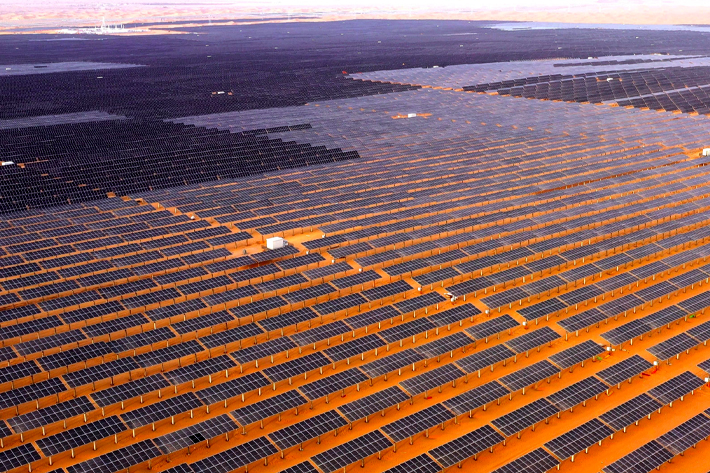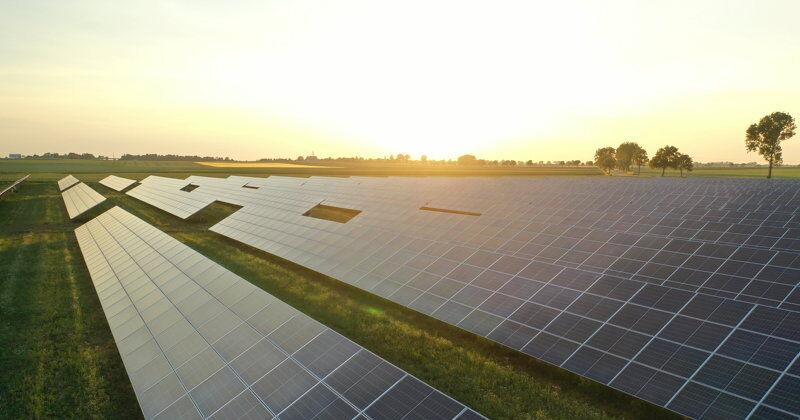Barclays downgraded shares of Nextera Energy from “equal weight” to “underweight”.
NextEra Energy Partners LP (NYSE:NEP) Shares fell 3.6% in premarket trading after Barclay downgraded the solar energy provider to “underweight” from “equal weight” and cut its price target to $25 from $32. The coverage analyst noted that NextEra’s convertible equity portfolio financing has caused it to hit a bottom.
Shares of NextEra Energy, heading for a third loss, could extend its 50.2% loss from the previous year. Shares will open at their lowest point since early May and fall below recent support from the 50-day moving average.
Options traders are in luck because equity is currently being rewarded at favorable prices. The stock’s Schaeffer Volatility Index (SVI) is in the 14th percentile of its annual range of 36%, indicating that options players are pricing in low volatility expectations for NEP. Moreover, his Schaeffer’s Volatility Scorecard (SVS) NextEra Energy stands at 87 out of 100, indicating that shares have beaten options traders’ volatility expectations over the past 12 months.




